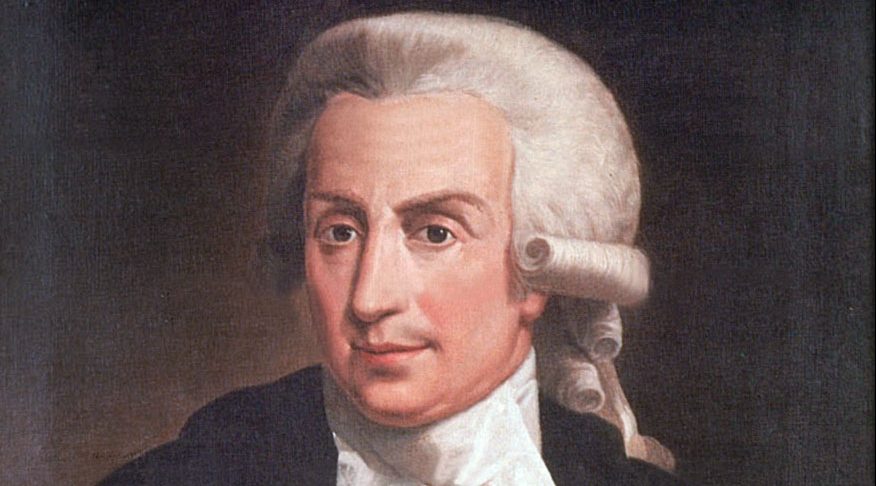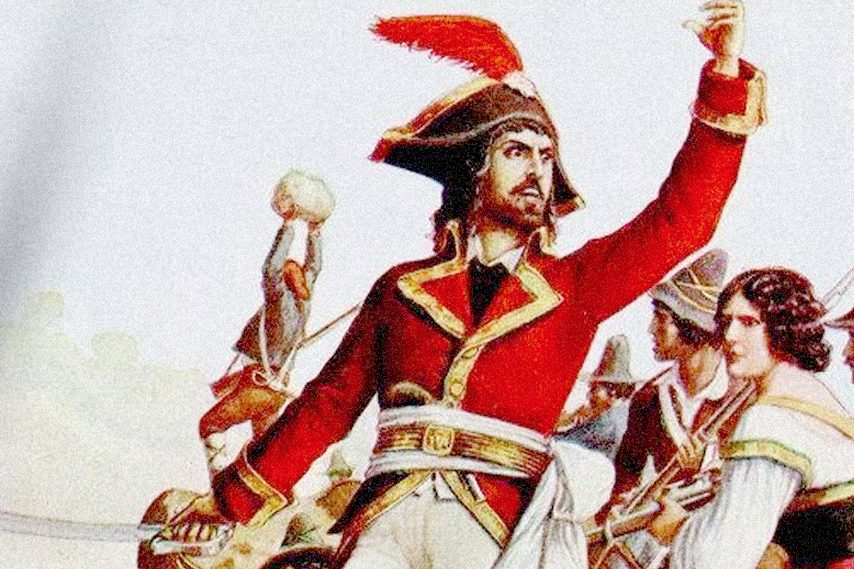Bringing the dead back to life has long been the stuff of miracles and horror stories, strictly due to supernatural forces, whether good or evil. However, starting with Galileo, the Father of Modern Science, people searched for a more naturalistic explanation of various phenomena.
Of particular interest was the mysterious force of electricity; while no one knew what it was, a gradual understanding of its various manifestations, how it worked, and what could be done with it slowly emerged thanks to work of a variety of scientists, arguably the two most important of whom were Luigi Galvani (1737-1791) and Alessandro Volta (1745-1827).
Not only did their work do much to make possible the modern world of technology, but unintentionally inspired one of the most famous horror stories of all time, Frankenstein.
The two had a friendly rivalry and built on each other’s work. Galvani was a physician and professor of anatomy and obstetrics at the University of Bologna, becoming president in 1772. He conducted a variety of experiments, including investigations between the relationship of electricity and life. His most famous one occurred while dissecting a frog in the same room where he had also done some work involving static electricity.
A scalpel had become charged, and when touched to the dead frog’s nerve its leg twitched. He had discovered what he called animal electricity, now known as bioelectricity. He conducted more experiments, and eventually published the findings in De viribus electricitatis in motu musculari commentarius (“Commentary on the Effect of Electricity on Muscular Motion”). He concluded that this electricity came from the muscle, and was thus biologically generated. This was the start of the science of electrophysiology.
Meanwhile, Volta, who was professor of physics at the University of Pavia, was conducting his own research. Besides animal electricity, which he termed galvanism, he believed that electricity could also be generated chemically, and thus invented the first practical battery, the voltaic pile, which worked based on the reaction of two different metals in a brine solution. Thus began the science of electrochemistry. It turned out that both were correct.
Had the above been all these men accomplished, they would still be among the giants of science, but there was far more. Among other things, Galvani’s work lead to galvanization, the galvanometer, and electroshock therapy; Volta developed the law of electrical capacitance, discovered methane and its use as a fuel, greatly improved the electrophorus, a device used to generate static electricity, and, of course, has the volt named in his honor. His work was so impressive that Napoleon made him a count in 1810.
And then there is Frankenstein. During their stay in the Villa Diodati in Switzerland during the dreary summer of 1816, Mary Wollstonecraft Godwin, her future husband Percy Shelley, Lord Byron, John Polidori and Claire Clairmont read De viribus, and their discussions of galvanism lead to a contest to see who could write the best ghost story, one result of which was her famous novel.
Many of the elaborate electrical special effects seen in the movie versions were also based on the work and inventions of Galvani and Volta. While bringing the dead back to life would still be a miracle, thanks to the achievements of these two men, the miracle of electricity has become commonplace.






























